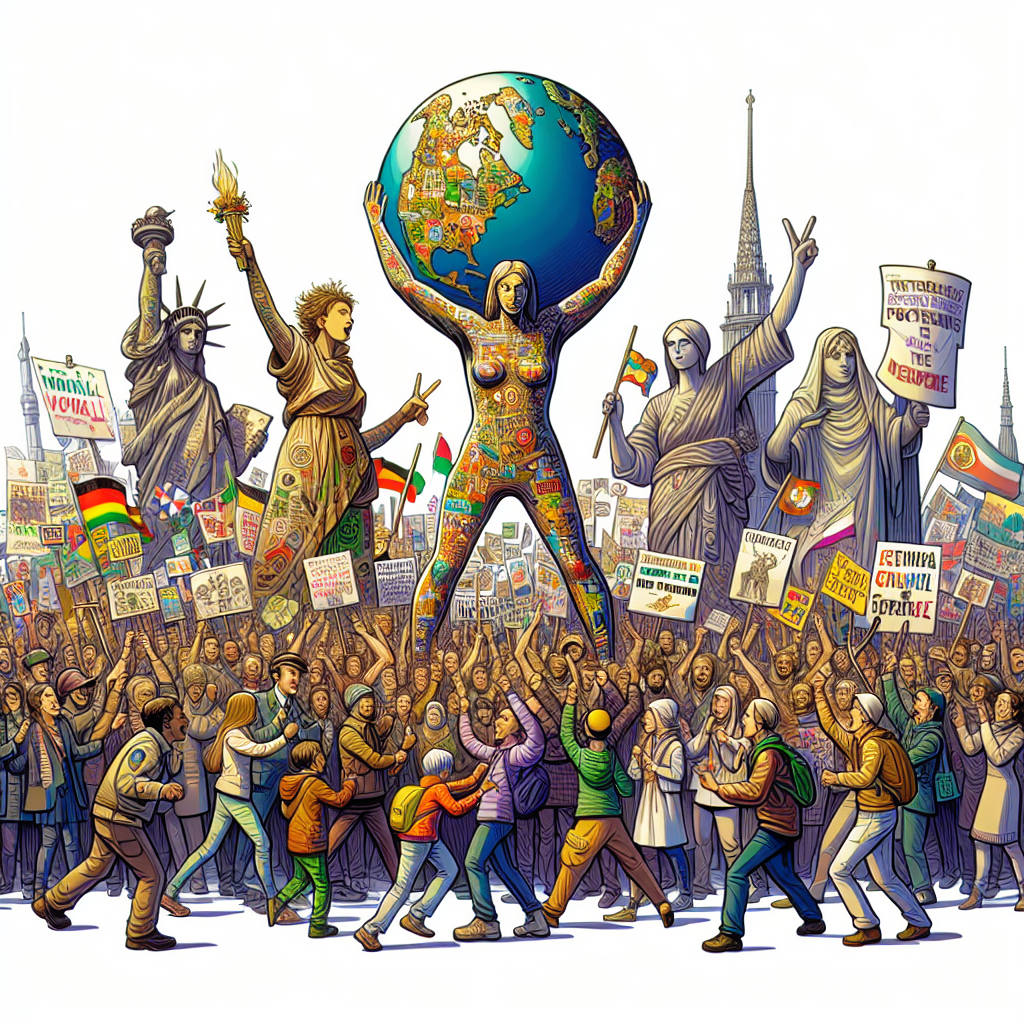In today’s turbulent political climate, marches and protests have become a powerful tool for individuals and groups to voice their dissent and demand change. While traditional protests often involve chanting slogans and carrying signs, many modern marches have taken on a new approach by incorporating art and creativity to make a statement.
The use of creativity in protests is not a new concept. Throughout history, artists and activists have used their talents to create powerful visual statements that resonate with audiences and spark conversation. From political posters and graffiti to performance art and installations, art has long been used as a tool for resistance and social change.
In recent years, marches and protests have increasingly integrated art and creativity into their messaging. From elaborate costumes and puppets to dance performances and music, these creative elements add a new dimension to the protest experience and help to engage and inspire participants.
One example of this is the Women’s March, which took place in cities around the world in January 2017. This massive protest against gender inequality and the Trump administration featured a wide range of creative elements, including colorful signs, costumes, and performances. The visual impact of these creative displays helped to draw attention to the issues at hand and make a powerful statement about the importance of women’s rights.
Similarly, the Black Lives Matter movement has used art and creativity to amplify their message and demand justice for black lives. From powerful murals and street art to dance and music performances, activists have used a variety of creative mediums to draw attention to police brutality and systemic racism.
The use of creativity in protests not only helps to make a statement, but also serves to build community and foster a sense of solidarity among participants. By coming together to create art and express themselves, marchers are able to connect with one another and strengthen their collective voice.
In addition, the use of art in protests can help to break down barriers and reach new audiences. Creative displays are often more visually appealing and engaging than traditional protest methods, making them more likely to capture the attention of onlookers and the media. This can help to spread awareness of the issues being protested and generate support for the cause.
Overall, the art of resistance is a powerful tool that can be used to make a statement, build community, and inspire change. By incorporating creativity into marches and protests, activists are able to harness the power of art to amplify their message and create a lasting impact. In a world where dissent is often silenced, the use of art in resistance serves as a powerful reminder that creativity has the power to change the world.
#Art #Resistance #Marches #Creativity #Statement,how marchyorktimes


Leave a Reply